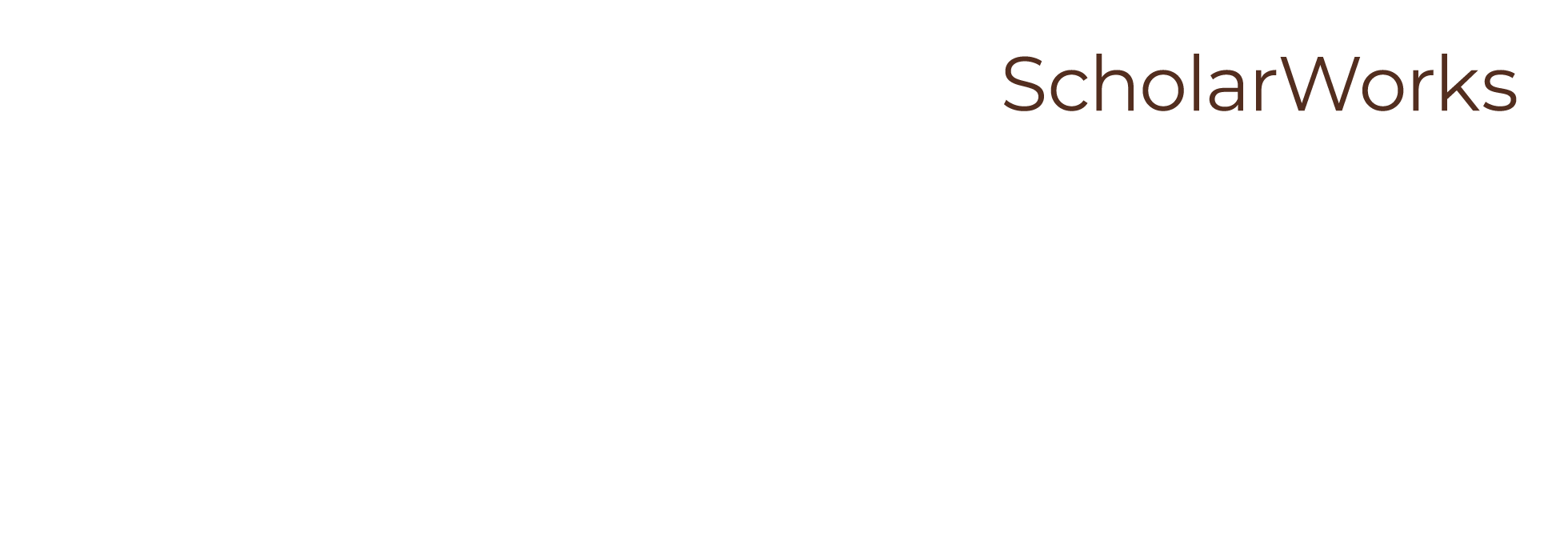Optimal Trend Following Trading Rules
Document Type
Article
Publication Date
5-2016
Abstract
This paper is concerned with the optimality of a trend following trading rule. The underlying market is modeled like a bull-bear switching market in which the drift of the stock price switches between two states: the uptrend (bull market) and the down trend (bear market). We consider the case when the market mode is not directly observable and model the switching process as a hidden Markov chain. This is a continuation of our earlier study reported in Dai et al. [Dai M, Zhang Q, Zhu Q (2010) Trend following trading under a regime-switching model. SIAM J. Fin. Math. 1:780–810] where a trend following rule is obtained in terms of a sequence of stopping times. Nevertheless, a severe restriction imposed in Dai et al. [Dai M, Zhang Q, Zhu Q (2010) trend following trading under a regime-switching model. SIAM J. Fin. Math. 1:780–810] is that only a single share can be traded over time. As a result, the corresponding wealth process is not self-financing. In this paper, we relax this restriction. Our objective is to maximize the expected log-utility of the terminal wealth. We show, via a thorough theoretical analysis, that the optimal trading strategy is trend following. Numerical simulations and backtesting, in support of our theoretical findings, are also reported.
WMU ScholarWorks Citation
Dai, Min; Zhang, Qing; and Zhu, Qiji Jim, "Optimal Trend Following Trading Rules" (2016). Math Faculty Publications. 44.
https://scholarworks.wmich.edu/math_pubs/44
Published Citation
Min Dai, Zhou Yang, Qing Zhang, Qiji Jim Zhu (2016) Optimal Trend Following Trading Rules. Mathematics of Operations Research 41(2):626-642. https://doi.org/10.1287/moor.2015.0743


Comments
https://doi.org/10.1287/moor.2015.0743